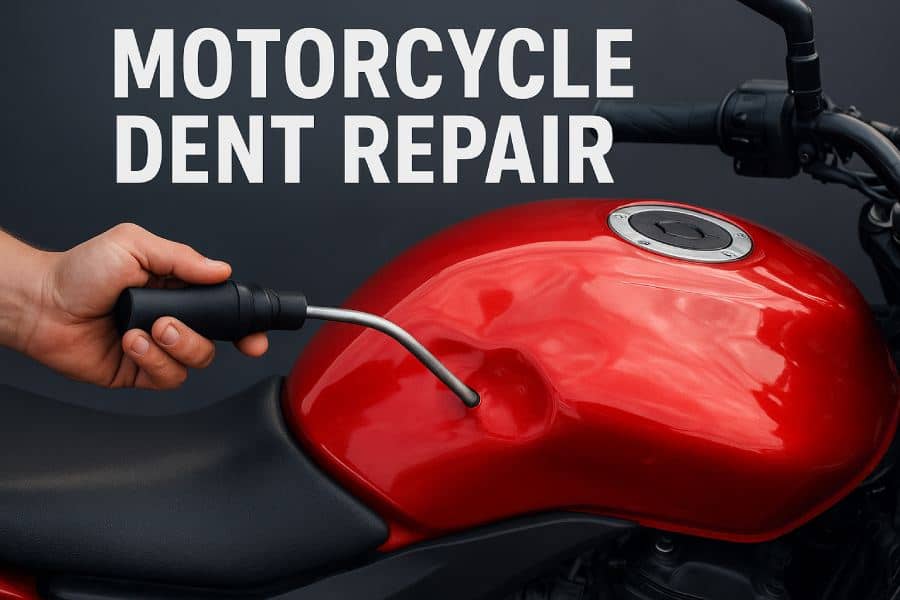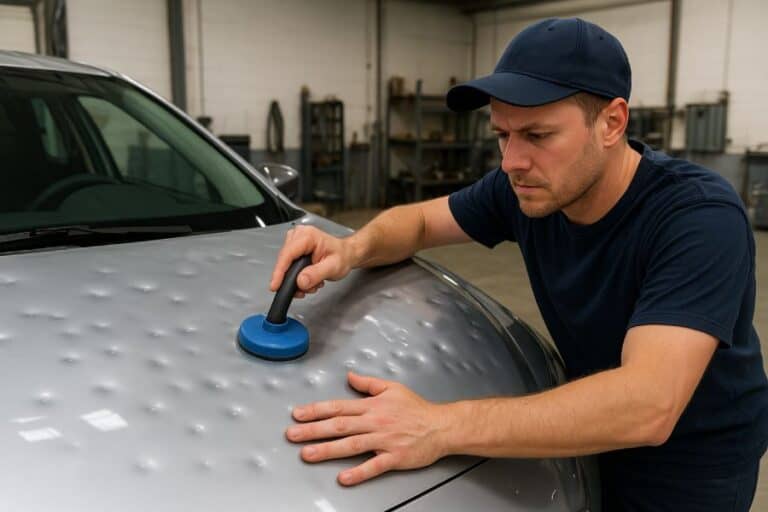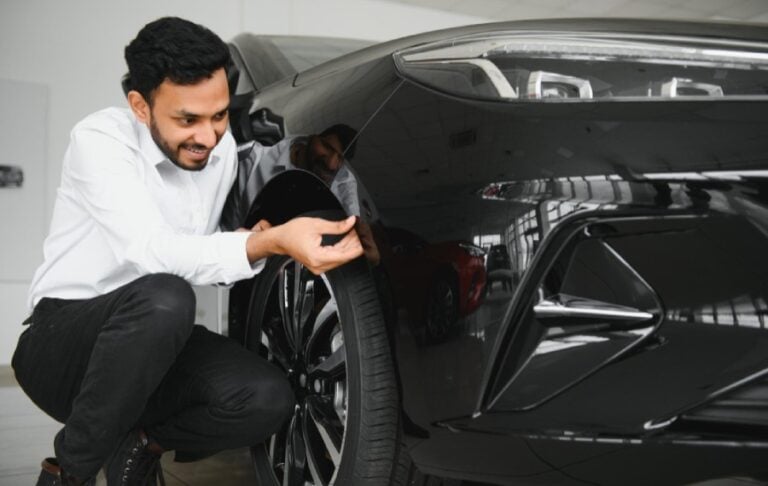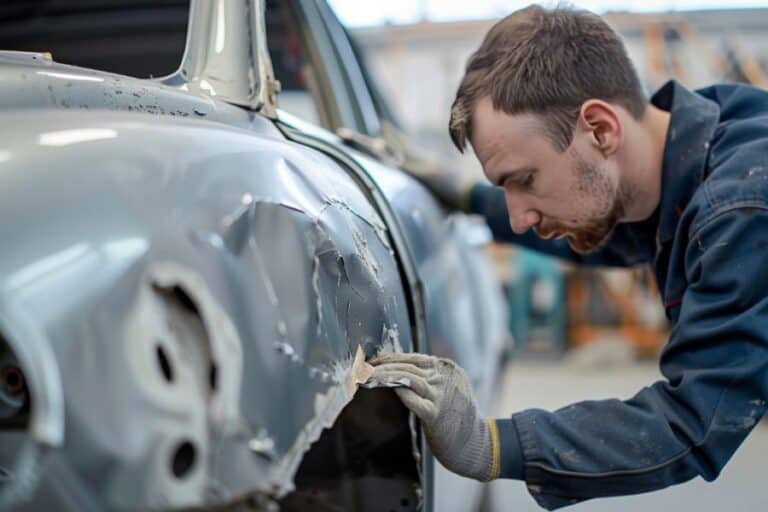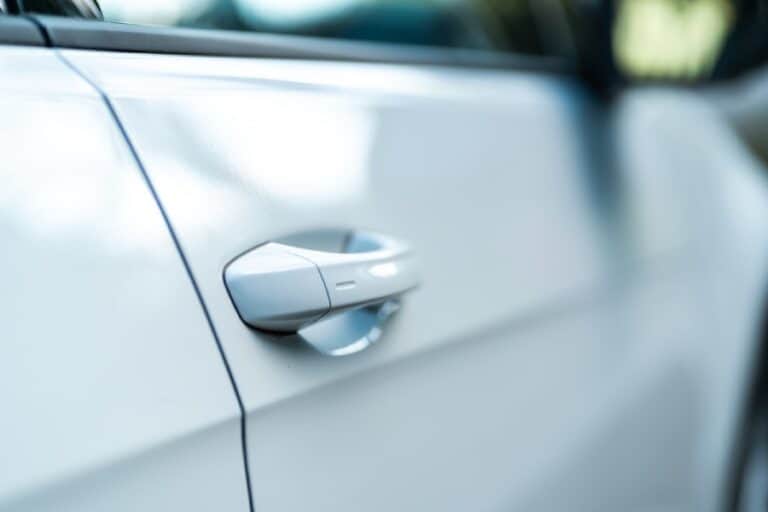7 Essential Tips For Motorcycle Dent Repair You Need To Know
Your motorcycle represents more than just transportation—it’s a reflection of your personality, style, and passion for adventure. However, even the most careful riders can encounter the occasional dent. Whether caused by a parking mishap or a minor collision, these imperfections can affect both the appearance and integrity of your bike. Fortunately, with the right motorcycle dent repair techniques and tools, you can often restore your bike to its original condition without spending a fortune at a repair shop.

7 must-know tips for repairing motorcycle dents.
1. Assess the Damage Before You Begin
Before you pick up your tools, it’s important to assess the dent thoroughly. Dents vary greatly in size, depth, and positioning, all of which influence the appropriate repair method.
Key Factors to Consider:
- Depth and Definition: Shallow dents are generally simpler to address, while deeper or more complex dents might necessitate specialized tools.
- Condition of the Paint: If there are any cracks or chips in the paint, you may need to use touch-up paint or consider refinishing after fixing the dent.
- Material Composition: Motorcycle fuel tanks and panels are typically made from steel, aluminum, or fiberglass, each requiring a unique repair technique.
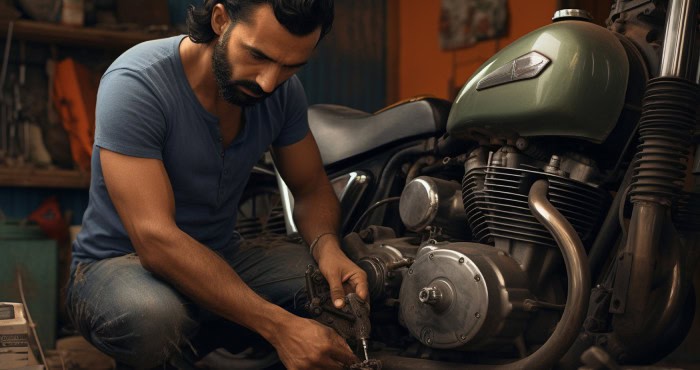
Insider Tip:
Capture several photos of the damage from various angles. This will assist you in planning your repair and monitoring your progress effectively.
2. Use the Right Tools for the Job
Using the appropriate pdr equipment can significantly impact the quality of a dent repair, determining whether the finish turns out flawless or flawed. The specific tools required typically vary based on the size and position of the dent, as different methods are more effective in various scenarios.
Typical tools for repairing dents consist of suction cups for minor indentations, glue puller kits for careful extraction, and body filler combined with sandpaper for a smooth finish. To make metal or paint more pliable, heat guns or hair dryers can be employed. Additionally, a rubber mallet paired with a dolly set is useful for pushing out dents from the backside. It’s crucial to use automotive-quality tools to prevent causing further harm.
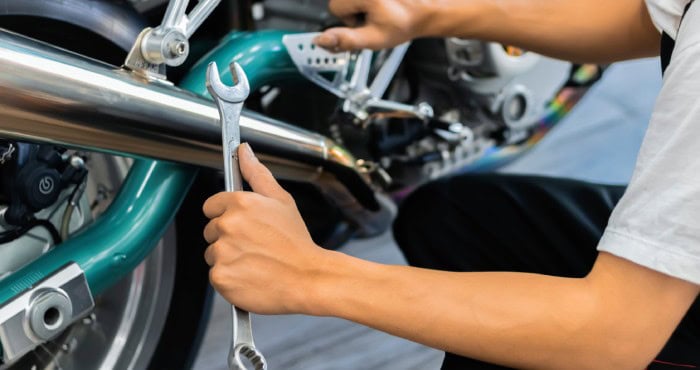
3. Try the Heat-and-Cool Method
For small to medium-sized dents, particularly on metal fenders or tanks, a straightforward DIY approach is the heat-and-cool technique.
Here’s How It Works:
- Warm the dented section using a heat gun or hair dryer for about 30 to 60 seconds.
- Then, quickly chill the area with either compressed air or dry ice.
- The sudden shift in temperature causes the metal to contract, aiding in the natural removal of the dent.
This method works well because metal expands when heated and contracts rapidly upon cooling. It’s a safe technique for your paint, but be sure to test it on a small area first to prevent any damage to your bike’s finish.
4. Be Gentle With Motorcycle Tanks
Motorcycle gas tanks often acquire dents, but fixing them can be challenging due to their curved and sealed structure that restricts access from the back.
There are several methods for repairs: using glue pullers or suction devices for areas that are smooth and easily reachable, and paintless dent repair (PDR) rods if you’re able to take off parts for internal access. In cases of deep dents or sharp creases, it’s advisable to seek professional PDR services. Additionally, be sure to empty the gas tank before applying heat or using any tools, since even leftover fumes can pose a serious fire hazard.
5. Master the Art of Paintless Dent Repair (PDR)
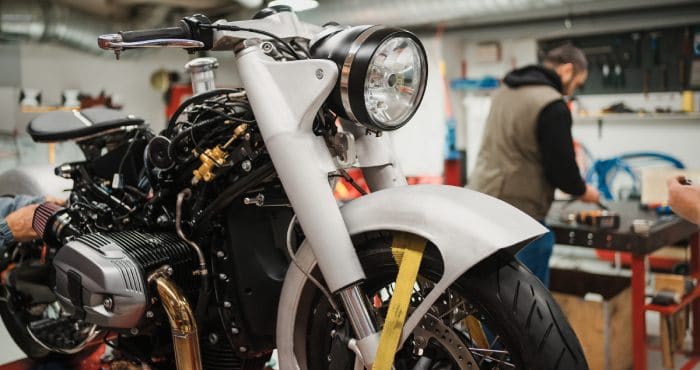
Paintless Dent Repair (PDR) is a favored technique for addressing dents on motorcycles without the need for repainting or fillers. This process involves meticulously reshaping the metal with specialized tools and lighting.
PDR preserves the bike’s original paint, is cost-effective, and allows quick repairs, often fixing small dents in under an hour. While minor dents can be handled at home, curved or tricky areas are best left to professional PDR technicians.
6. Don’t Skip Sanding, Filling, and Painting (If Needed)
Paintless Dent Repair (PDR) is a favored technique for addressing dents on motorcycles without the need for repainting or fillers. This process involves meticulously reshaping the metal with specialized tools and lighting.
One of the key benefits of PDR is that it maintains the bike’s original paint, is generally more economical than conventional auto body repair, and typically allows for swift repairs — many small dents can be fixed in under an hour. Although minor dents can sometimes be managed at home using a PDR kit, it’s advisable to seek assistance from trained PDR professionals for dents located on curved surfaces or those requiring meticulous attention.
7. Know When to Call a Professional
Although tackling dent repair on your own can be cost-effective, it’s important to recognize that not every dent is suitable for a DIY approach. Deep impressions, intricate creases, or damage close to welds or seams typically necessitate the skills of a professional for proper restoration.
When to Get Professional Assistance:
- The dent has sharp edges or paint damage.
- The metal feels stretched or uneven after attempting to fix it.
- You’re unsure about how to safely apply heat or pressure.
- The dent is located on a visible decorative or chrome area.
Experts in motorcycle dent repair employ state-of-the-art tools and methods, such as paintless dent repair (PDR), bodywork refinishing, and vacuum suction systems, to achieve exceptional results. Often, the cost of hiring a professional is considerably less than the expense of repainting or replacing the damaged part in the future.
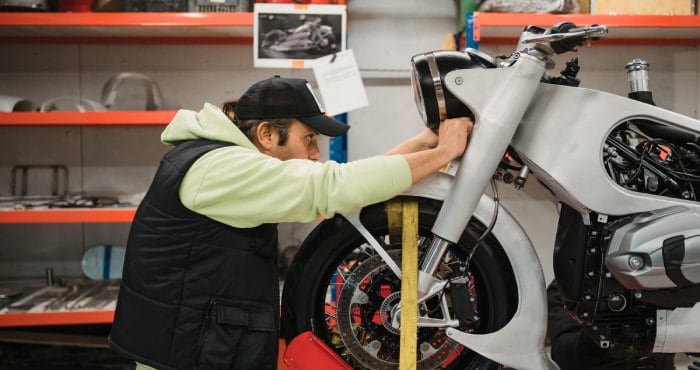
Repairing dents on a motorcycle can be straightforward if you have the appropriate tools, techniques, and a bit of patience. Begin by thoroughly assessing the damage and using gentle methods such as heat and cooling or suction pullers. For more significant dents or sensitive areas, seeking the expertise of a professional dent repair service is the best option to maintain your bike’s original paint and integrity. These seven vital tips will ensure your motorcycle remains in impeccable condition and rides with pride.

